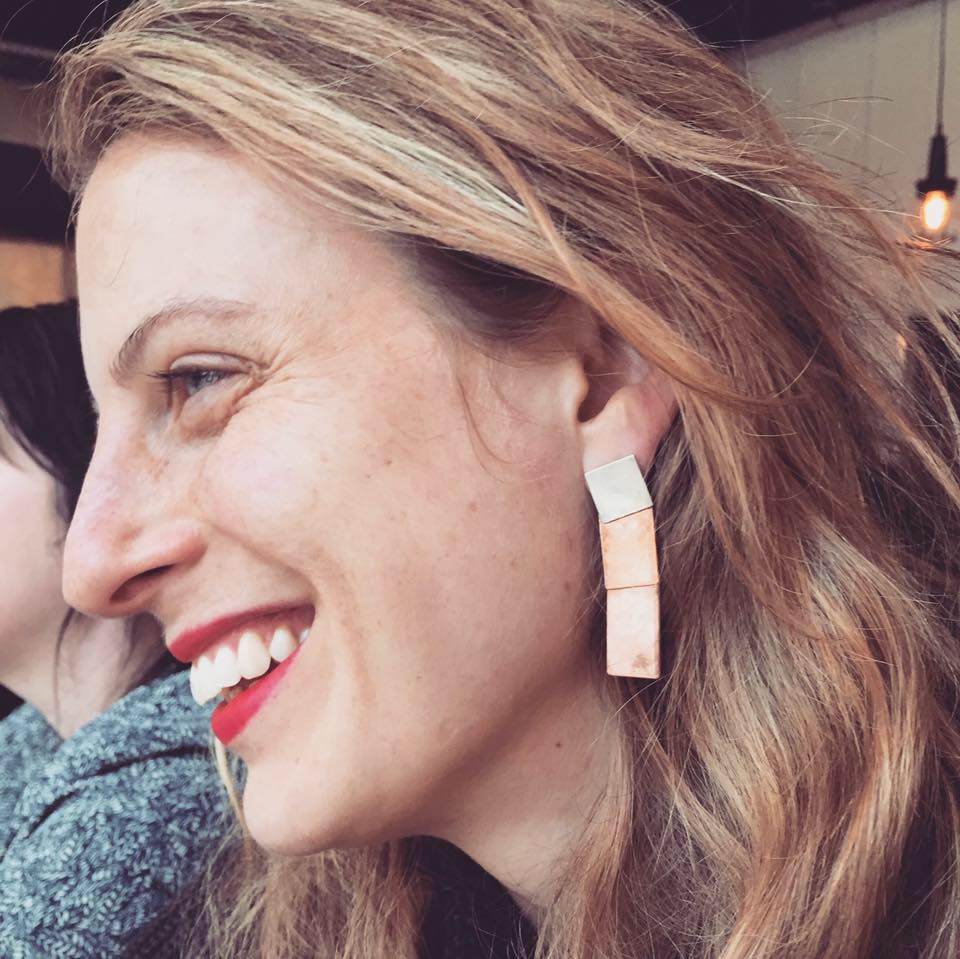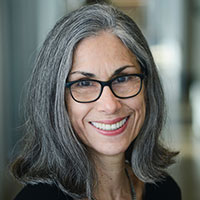Lighting Design
Corporate branding gets an illuminating twist in two projects where light is as essential as environmental graphics to convey company philosophy in satellite offices—one urban, the other suburban. In each case, architect and lighting designer integrate the interior fit-out of an existing space with an effective lighting scheme that is not only energy-efficient and low maintenance, but also tailored to client identity as it relates to the new location.
Read More
Microsoft Technology Center
Corporate branding gets an illuminating twist in two projects where light is as essential as environmental graphics to convey company philosophy in satellite offices—one urban, the other suburban.
Read More
LAPD Motor Transport Division + Main Street Parking
New to Downtown L.A.’s developing Gallery Row, John Friedman Alice Kimm Architects’ Main Street Parking + Motor Transport Division building for the Los Angeles Police Department sets a glowing standard for utilitarian civic architecture.
Read More
300 New Jersey Avenue
RSHP teams with lighting consultant MCLA to illuminate three generations of office buildings.
Read More
The Juilliard School in New York City
A project of Diller Scofidio + Renfro, FXFOWLE, and L'Observatoire
Read More
Copyright ©2024. All Rights Reserved BNP Media.
Design, CMS, Hosting & Web Development :: ePublishing

